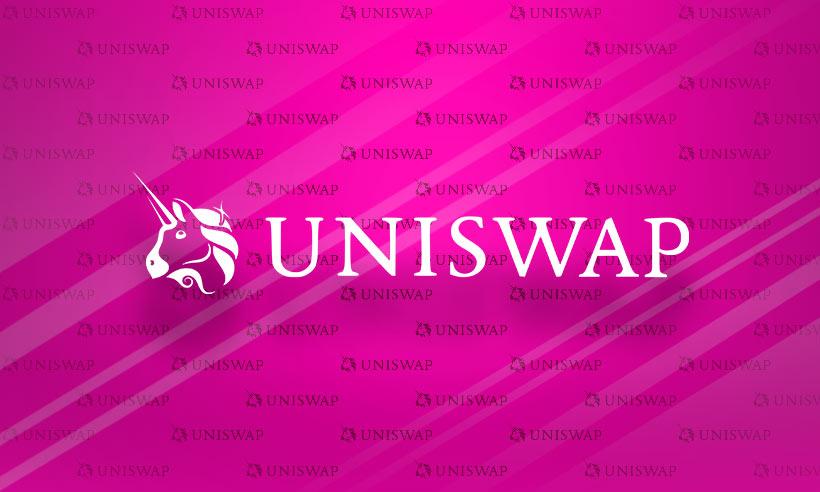UNI Technical Analysis: Will Uniswap Fail To Sustain Breakout Rally?
Table of contents
Key technical points:
Past Performance of UNI
The UNI price shows a bullish breakout of the inverted head and shoulder pattern, as we mentioned in a previous article. However, the breakout rally struggles to surpass the 100-day SMA resulting in an evening star pattern accounting for a drop of 12% within two days. Nonetheless, the buyers quickly avoid losses below the $5.50 level leading to a Doji candle formation.

Source- Tradingview
UNI Technical Analysis
The UNI prices retest the bearish breakout of the 5.90 horizontal level and show higher price rejection in the Doji candle. Furthermore, the increase in the intraday trading volume during the evening star formation displays a phenomenal rise in selling pressure. Hence the likelihood of a bullish continuation diminishes.
The market price trades between the 50 and 100-day SMA, but the increase in selling pressure teases a bearish breakout of the 50-day SMA.
The MACD indicator shows the fast and slow lines struggling to sustain an uptrend in the positive territory, evidenced by the decrease in bullish spread. This warns of a bearish crossover between the fast and slow lines and starts a negative trend below the zero line.
The RSI indicator shows a significant drop in the underlying bullishness as it drops from the overbought boundary below the 14 days average line. Hence the indicator sides with the bearish team and supports the idea of a downfall below the 50-day SMA.
In a nutshell, UNI technical analysis shows a sudden increase in the selling pressure, which undermines the inverted head and shoulder break out.
Upcoming Trend
If the selling pressure continues to grow throughout the week, a downfall below the 50-day SMA will cross the $4.57 support level. UNI traders can expect the downfall rally to touch the bottom support at the $3.57 mark in the upcoming months if the buyers fail to hold the 50-day SMA.
Conversely, a bullish reversal above the $5.90 resistance level might cross the 100-day SMA to test the overhead resistance at $6.75.
Resistance Levels: $5.90 and $6.75
Support Levels: $5 and $4.57

